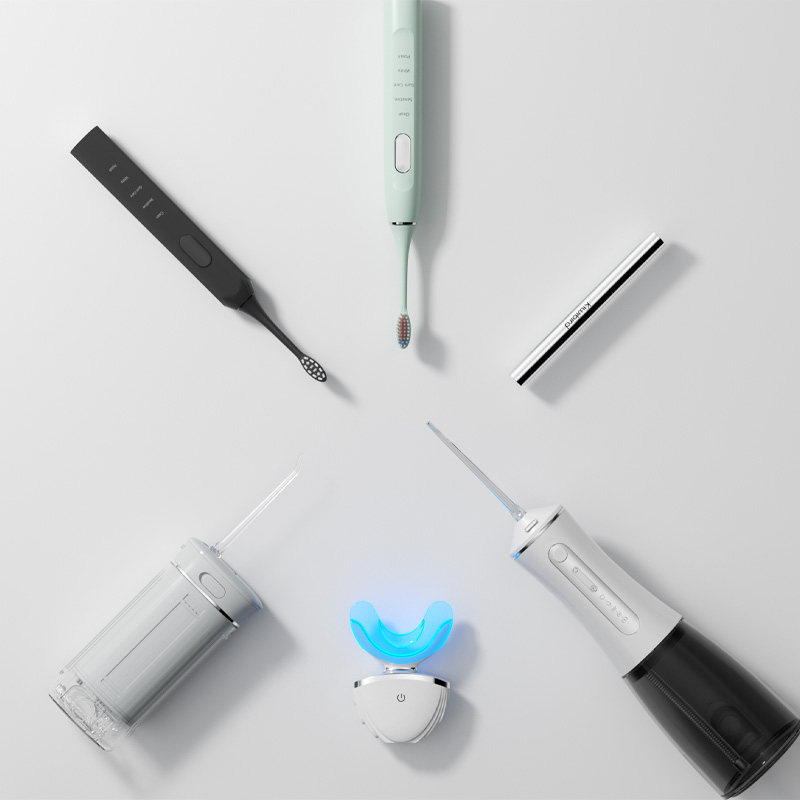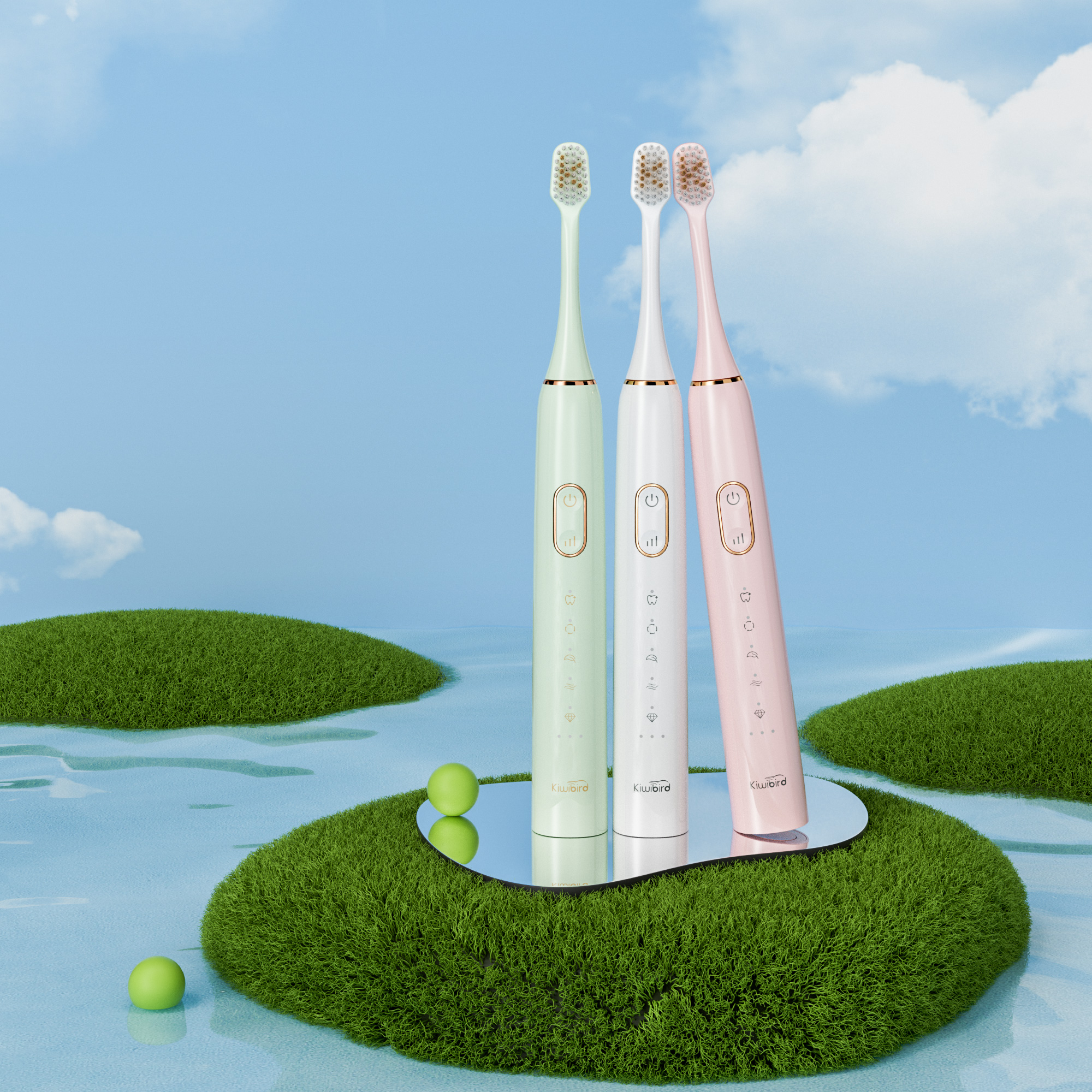For many oral care device manufacturers, button decay has quietly emerged as an underestimated contributor to unexpected sensitivity spikes in end users. While it is tempting to assume that incorrect operation is to blame, in reality, deteriorating button components often trigger irregular performance that no amount of user diligence can prevent. In this article, we explore how these failures arise, why they create unexpected discomfort, and what manufacturers can do to eliminate the risk at the design level.
Button decay refers to the gradual degradation of mechanical or capacitive switch components. Over time, exposure to moisture, toothpaste residue, and repeated pressure can lead to:
When buttons decay, they may fail to engage properly or, worse, generate unintended commands that activate higher-intensity settings without the user realizing it.
Sensitivity spikes are sudden, pronounced sensations of discomfort during brushing or treatment cycles. They typically stem from:
As button decay progresses, these random shifts in intensity become more frequent, compromising both safety and comfort. Company web: https://www.powsmart.com/product/electric-toothbrush/
It is common to attribute these sensitivity spikes to user mistakes—such as failing to set the correct mode. However, evidence shows that even experienced users encounter sudden sensitivity when decaying buttons misfire commands. This misconception can harm customer relationships:
Recognizing that hardware degradation is the root cause is essential for a fair resolution.

For B2B customers, persistent button decay issues can escalate quickly:
In highly competitive markets, ignoring such defects can erode brand loyalty and damage relationships with distributors.
To prevent button decay from triggering sensitivity spikes, manufacturers should consider these measures:
These steps can dramatically reduce the likelihood of decay-related failures.
Proactive engineering doesn’t just protect your brand—it creates an opportunity to stand out:
By investing in robust design, you can transform a potential liability into a point of differentiation.
While it’s easy to blame consumers for incorrect settings, button decay is a hidden factor behind many unexpected sensitivity spikes. Manufacturers who acknowledge this and commit to better materials, smarter firmware, and clear communication will build stronger relationships with B2B partners and end users alike. Ultimately, ensuring consistent performance is not just about user education—it’s about designing for real-world wear and tear. Contact us
.jpg)
How Does Powsmart App Connectivity Turn Real-Time Brushing Data into Actionable Insights?
Circuit Shorting with Nerve Inflammation – Emergency?

How Does a Pressure Sensor Protect Gums?

Market Potential of Electric Toothbrush & Whitening Device Combos
Cleaning Residue Plus Bristle Hardening – Double Trouble?
Gel Leakage with Enamel Translucency – Permanent Damage?

Does Clinical Gum Mode Really Work?
Charging Corrosion Causing Motor Burnout?
-3-scaled.png)
Why Wireless Charging Gives Whitening Device a Competitive Edge

Benefits of Selling Complete Oral Care Routine Products
Enamel Erosion with Cavity Acceleration – Vicious Cycle?
Charge Failure Triggering Display Glitches – Connected?

Gentle Yet Effective Cleaning: Sonic Toothbrush for Receding Gums
Chemical Residues Triggering Throat Irritation – Toxic?
Enamel Scratching from Gum Irritation – Reversible?

Foldable Design & USB Charging Travel Electric Toothbrush OEM

Private Label Whitening Gel

electric toothbrush heads Deep Clean

electric toothbrush heads Charcoal Infuse-Round

Electric toothbrush heads Charcoal Infused-Diamond

Customization Teeth Whitening Gel
.jpg)
Florida Electric Toothbrush – Powsmart PTR-C8

electric toothbrush heads Regular Clean

electric toothbrush heads Ultra Soft
whstapp
whstapp
National Toll-Free Service Hotline
+86 755 86238638